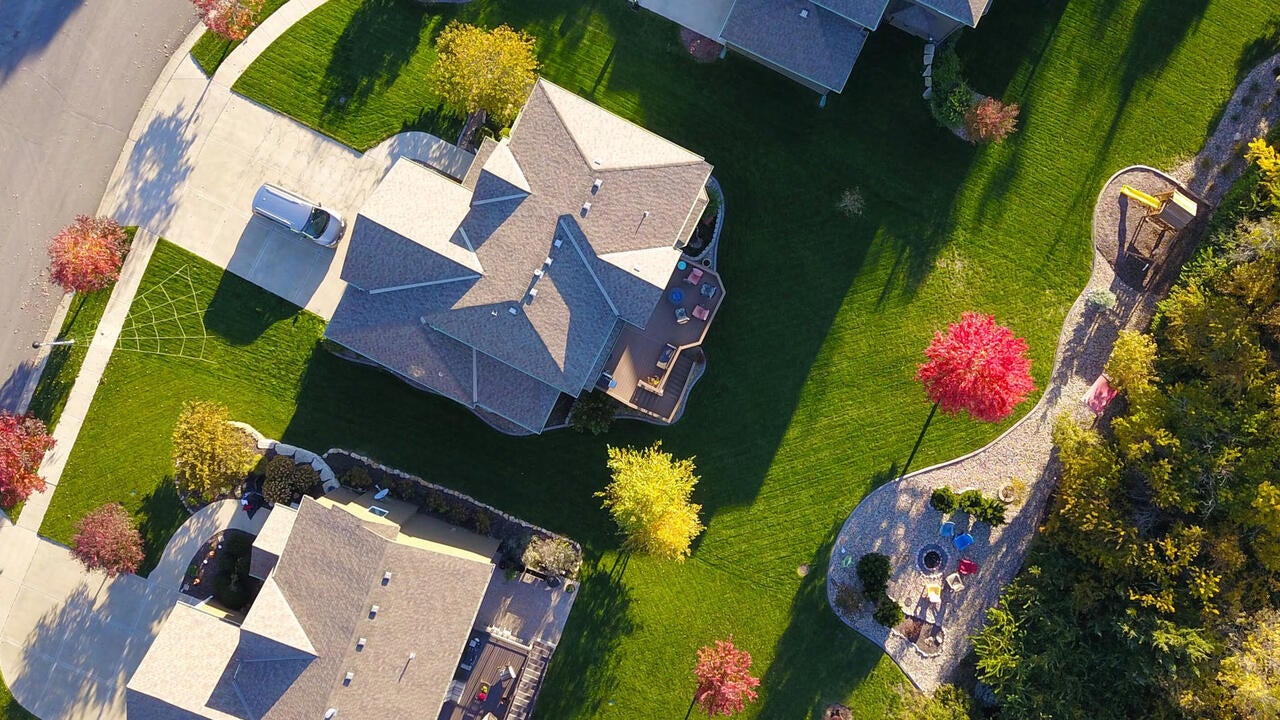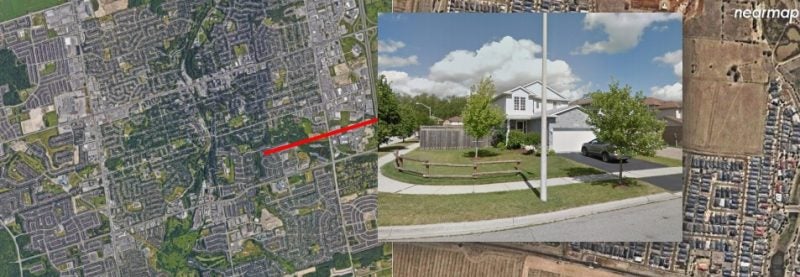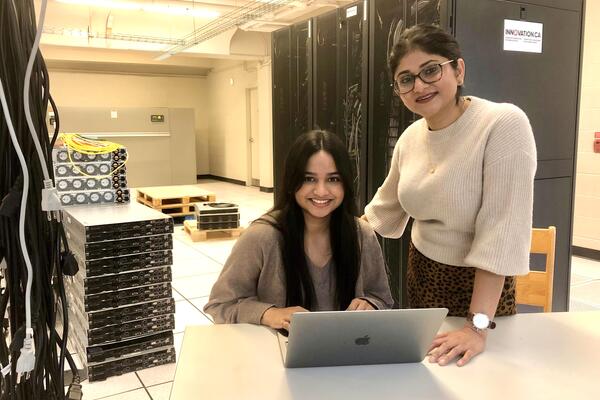
Retrofitting for resiliency and sustainability
Using their 1,800-square-foot house as a case study, a couple developed a methodology dubbed ReSus — short for Resiliency and Sustainability — that takes the guesswork out of retrofit decisions

Using their 1,800-square-foot house as a case study, a couple developed a methodology dubbed ReSus — short for Resiliency and Sustainability — that takes the guesswork out of retrofit decisions
By Julie Stauffer Faculty of EngineeringSolar panels or geothermal heating? Back-up generator or battery pack? More insulation in the attic or higher-efficiency appliances in the kitchen? For homeowners who want to reduce greenhouse gas emissions, protect themselves from energy outages and get the most bang for their buck, sifting through seemingly endless retrofit options can be dizzying.
 Michele Bristow — an assistant professor in systems design engineering — and her husband David Bistrow, (BASc – Systems Design Engineering ’06) can relate. The eco-conscious couple wanted to ensure their Waterloo house not only had a small carbon footprint but also was resilient enough to withstand the growing number of extreme weather events caused by climate change. “How do we live according to what we teach?” Michele wondered.
Michele Bristow — an assistant professor in systems design engineering — and her husband David Bistrow, (BASc – Systems Design Engineering ’06) can relate. The eco-conscious couple wanted to ensure their Waterloo house not only had a small carbon footprint but also was resilient enough to withstand the growing number of extreme weather events caused by climate change. “How do we live according to what we teach?” Michele wondered.
To answer that question, they teamed up on a research project funded by the University of Toronto, where David completed his post-doctorate degrees. Using their 1,800-square-foot house as a case study, the couple developed a methodology dubbed ReSus — short for Resiliency and Sustainability — that takes the guesswork out of retrofit decisions.
After analyzing a household’s typical energy use, retrofit budget, priorities and constraints, the computer-based simulator generates scenarios that show how various combinations of retrofits would reduce carbon emissions. That might involve a small change, like installing a solar water heater. Or it could mean a combination of complementary upgrades working together.
Meanwhile, unlike other models, ReSus can be used to determine which upgrades offer the best protection from prolonged electricity or natural gas outages. By quantifying the power a household needs to meet its basic needs — and to avoid costly damage from things like frozen pipes — Michele and David’s methodology can help homeowners identify a suite of optimal solutions.
“The most important insight from the research was that while there are options that do little for you and cost a lot of money,” says Michele, “there is another set of options, combinations of alternatives, that actually help you reduce your carbon footprint, make you more resilient and have a positive return on investment.” Michele is also a who is also a Waterloo Engineering multiple graduate, ’06 BACs systems design, ’08 MASc mechanical & mechatronics and ’13 PhD systems design.
In addition to considering technologies on the market today, the Bristows explored how a systems design approach might help various parts of the home work together in the future. For example, although electric vehicles currently don’t have discharge capabilities, Michele and David see a day when the cars in our garages could serve as a backup battery for the house in the event of a power outage.

ReSus also provides financial analysis, estimating payback periods and returns on investment for different options. “It’s basically showing you how to make money off of improving your home,” says Michele.
ReSus paves the way for sophisticated, user-friendly tools that help everyday homeowners make the best retrofitting decisions. And although their model was developed based on one specific home in Waterloo, Michele and David hope to see it expanded to encompass a wide range of housing types, locations and family contexts.
Thinking bigger, they see potential to apply their methodology on a neighbourhood scale, identifying common retrofit opportunities. This would make bulk purchasing possible and lower the cost of creating a sustainable, resilient residential sector.
The full paper is published in the Canadian Journal of Civil Engineering.

Waterloo researcher Dr. Tizazu Mekonnen stands next to a rheometer, which is used to test the flow properties of hydrogels. (University of Waterloo)
Read more
Plant-based material developed by Waterloo researchers absorbs like commercial plastics used in products like disposable diapers - but breaks down in months, not centuries

Read more
Here are the people and events behind some of this year’s most compelling Waterloo stories

Engineering master's student Nayeema Nonta (left), one of the three paper authors, and her supervisor, Dr. Sirisha Rambhatla, in a large server room with the computer power needed to develop their new LLM training technique. (University of Waterloo)
Read more
Waterloo researchers develop highly efficient AI training system that paves the way for cheaper, greener “intelligent partners”
Read
Engineering stories
Visit
Waterloo Engineering home
Contact
Waterloo Engineering
The University of Waterloo acknowledges that much of our work takes place on the traditional territory of the Neutral, Anishinaabeg, and Haudenosaunee peoples. Our main campus is situated on the Haldimand Tract, the land granted to the Six Nations that includes six miles on each side of the Grand River. Our active work toward reconciliation takes place across our campuses through research, learning, teaching, and community building, and is co-ordinated within the Office of Indigenous Relations.